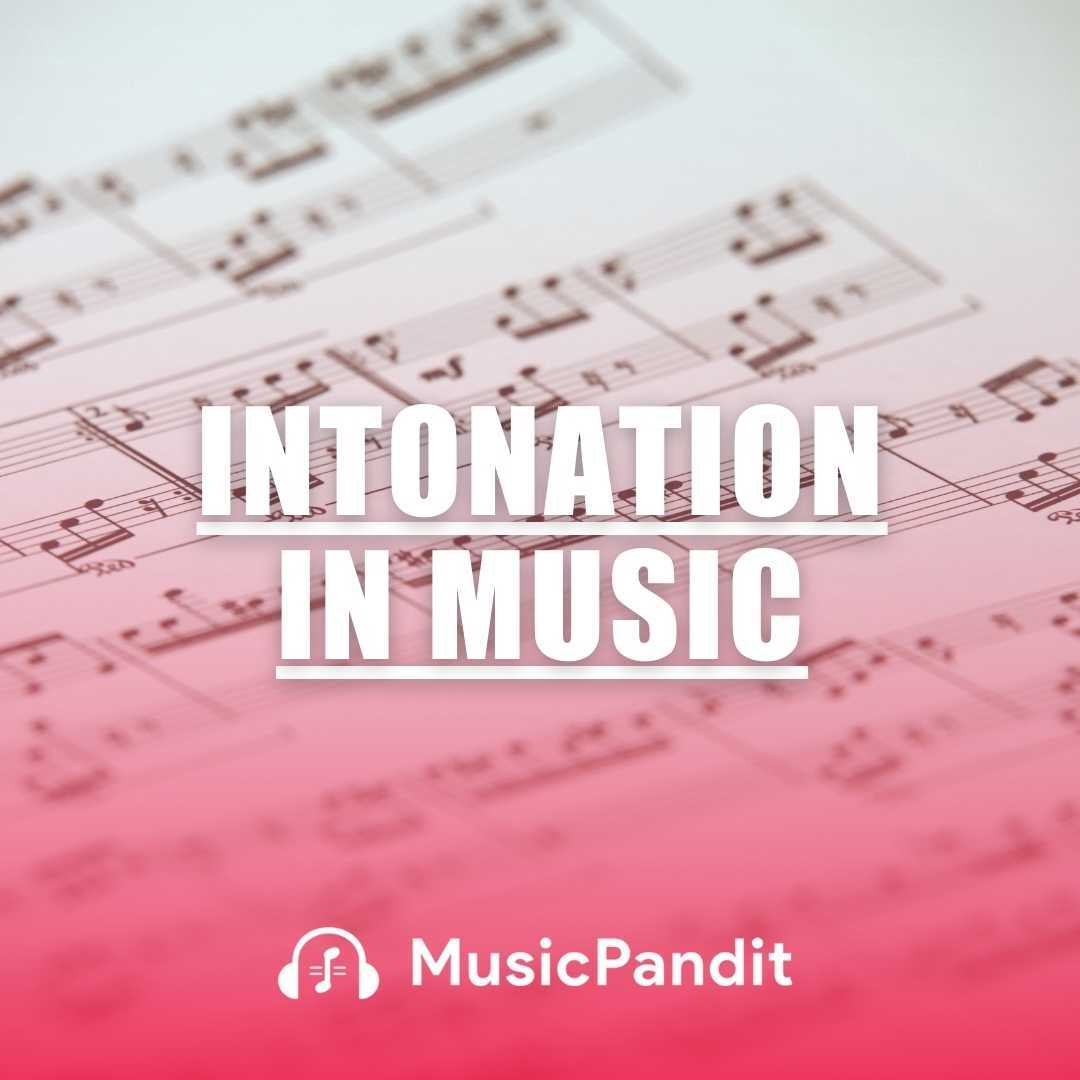In music, the “verse” is one of the most essential elements of a song’s structure. Think of your favourite songs—each likely has sections that tell the story, reveal emotions, or set up the main message. These sections are known as verses. Understanding verses is key to learning how music communicates ideas and emotions.
This article will explore what a verse is, why it’s important, its uses, benefits, and how it relates to other parts of a song.
What Is a Verse?
A verse in music is a repeating section where the melody remains the same, but the lyrics change each time it is sung. Typically, verses in songs introduce new ideas or details, allowing the story or theme to unfold gradually. This part of a song is where songwriters often share details, emotions, and experiences, helping listeners connect more deeply with the music.
Importance of Verses
The verse is crucial in setting up the song’s narrative and theme. While the chorus usually repeats the main message or emotional peak, the verses build up the story, moving it forward and providing context. For example, if a song is about friendship, the verses might describe specific memories or experiences, leading to the chorus that celebrates the friendship.
In classical music, verses don’t have the same role but have influenced various song forms, especially since early folk and religious music often had narrative verses. In modern music, they give songs emotional depth and complexity by focusing on lyrical storytelling.
Structure of a Verse
Verses are part of a song’s overall structure. Most popular songs follow a structure like Verse-Chorus-Verse-Chorus-Bridge-Chorus, or something similar. In this format:
Verse: Introduces new information or progresses the song’s storyline.
Chorus: Repeats the central theme or emotion.
Bridge: A contrasting section that offers variation and may build toward the song’s climax.
Typically, verses follow a similar melody throughout the song but may vary rhythmically or melodically to fit the changing lyrics. This helps maintain a cohesive sound while keeping the listener engaged.
Uses of Verses in Different Genres
- Pop Music: In pop songs, verses provide details and context leading to a catchy, memorable chorus.
- Rock and Folk Music: Rock and folk music often use verses to tell detailed, story-driven lyrics. The verse is a storytelling tool that unfolds across different sections.
- Hip-Hop and Rap: In hip-hop, verses are usually longer and more intricate, allowing artists to showcase their lyrical abilities. Each verse often carries a unique theme or point of view.
- Classical and Jazz Influence: In classical forms, while there may not be “verses” in the same sense, the influence can be seen in how themes develop over time.
Benefits of Using Verses in Songs
- Storytelling: Verses allow musicians to tell a story or communicate complex emotions gradually. Each verse adds depth to the theme.
- Lyrical Variety: Changing lyrics in each verse keeps the song dynamic, preventing it from becoming repetitive.
- Listener Engagement: New lyrics in each verse encourage listeners to pay attention and stay engaged throughout the song.
- Emotional Progression: Verses provide space for emotions to build, setting up a powerful release in the chorus.
How Verses Relate to Other Parts of a Song
- Chorus: While the verse gives details, the chorus delivers the song’s main idea. The chorus is usually more repetitive and catchy, creating a sense of familiarity each time it’s repeated.
- Bridge: The bridge often introduces a contrast. It may differ melodically or rhythmically from the verse, giving the listener a refreshing change before returning to the familiar verse or chorus.
- Pre-Chorus: Sometimes, a song has a pre-chorus that leads from the verse to the chorus, adding anticipation and making the transition smoother.
Techniques for Writing Effective Verses
- Consistency in Melody: Most verses keep the same melody, so listeners recognize it while focusing on the changing lyrics.
- Imagery and Detail: Lyrics in verses often paint a vivid picture, allowing listeners to visualise the story or emotions.
- Rhyme Schemes: Many verses follow a rhyme scheme, such as ABAB or AABB, which provides structure and flow to the lyrics.
Related Topics
- Chorus: The part of the song that repeats the main theme.
- Bridge: A contrasting section providing variation and building toward the song’s resolution.
- Refrain: A repeated line or phrase in a song, often similar to a chorus but shorter.
- Song Structure: Understanding how different parts, including verses, work together to form a cohesive piece.
- Lyrics Writing: The craft of writing lyrics that fit rhythmically and convey the intended emotion or story effectively.
Conclusion
The verse is a powerful element in songwriting that allows musicians to build a story and add emotional depth. By understanding verses, students can appreciate how songs communicate and structure their ideas in a way that connects with listeners. Whether you’re interested in writing music or just enjoying it, recognizing the role of the verse can deepen your appreciation for how songs are crafted.
In summary, verses are more than just lyrics—they are the backbone of storytelling in music, transforming simple melodies into complex, emotionally resonant pieces. Through verses, songs become narratives, taking listeners on a journey that resonates long after the music ends.














